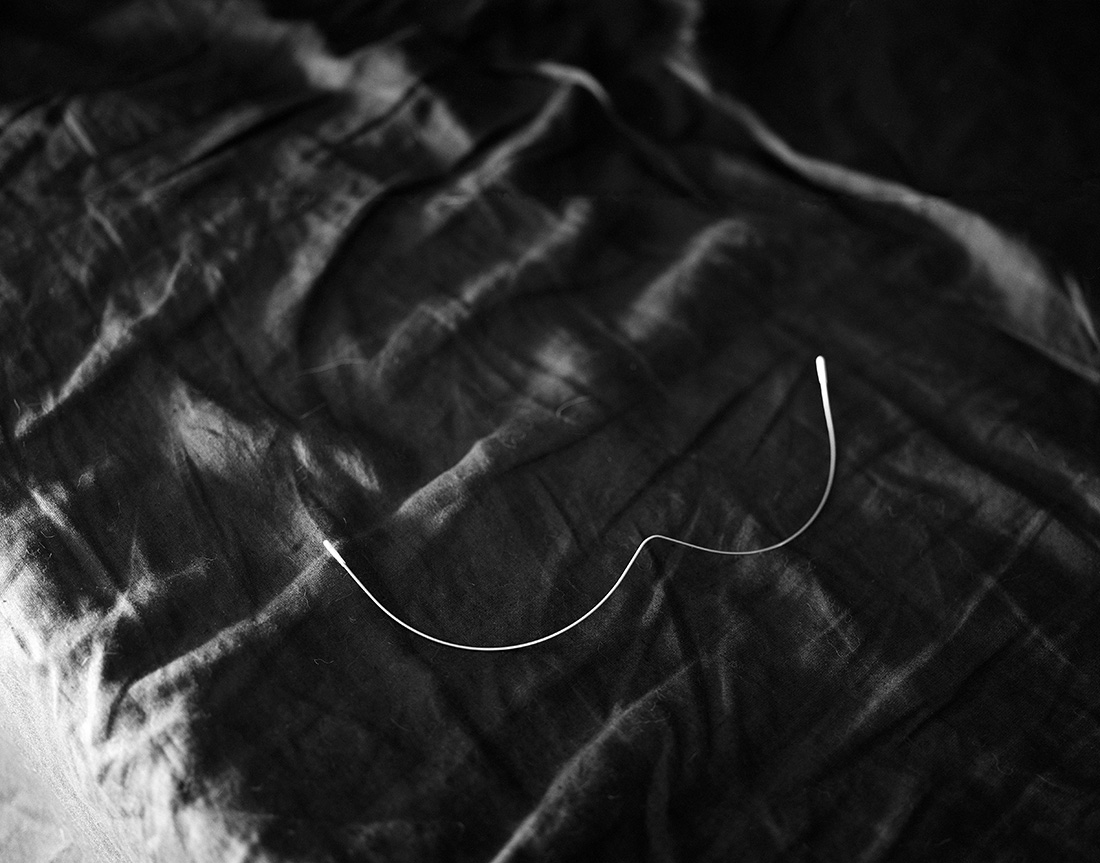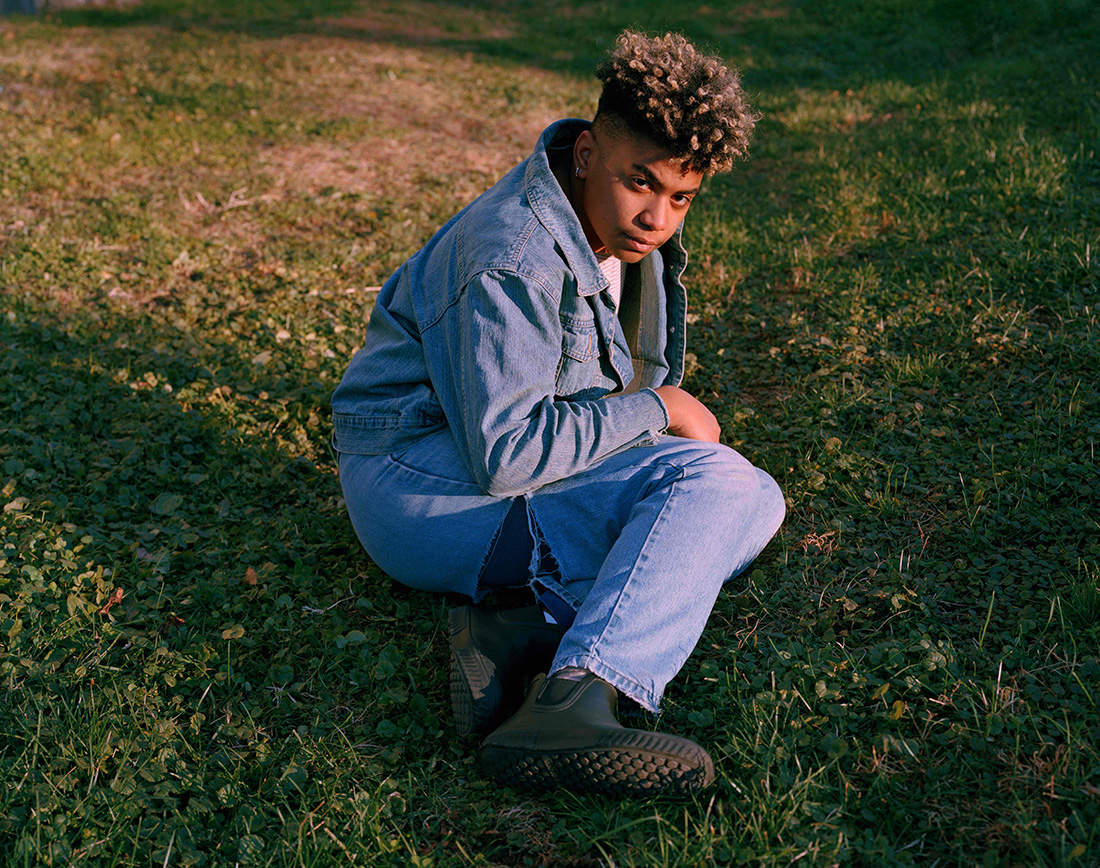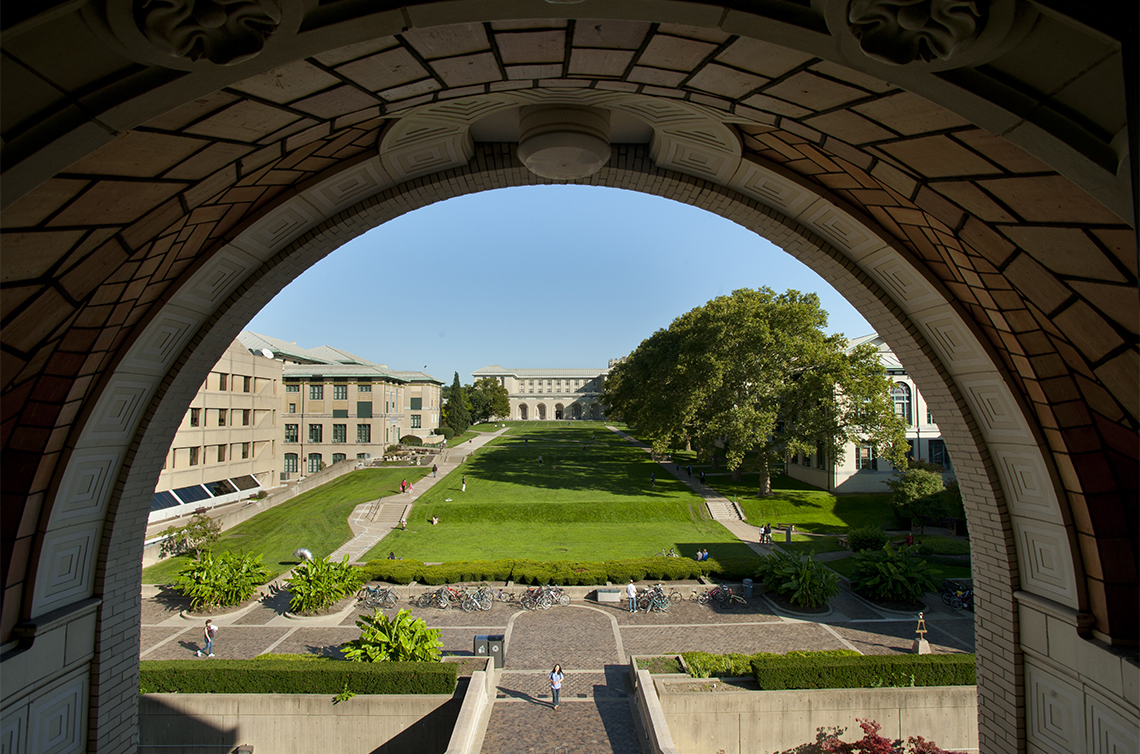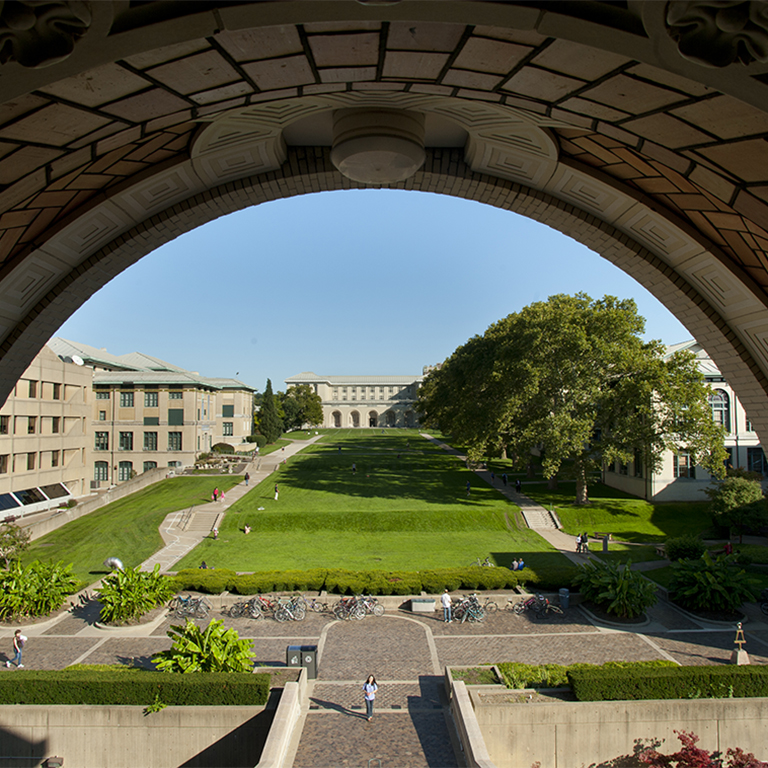
“5 Questions” is an ongoing series with School of Art alumni who are transforming art, culture, and technology, exploring their creative practices, career milestones, and Carnegie Mellon memories.
J Houston’s photographs present a different side of queer life than typically presented, a representation not centered on the big city, nightlife, spectacle, or performance. Rather, their works present a domestic and more rural view of queerness, suffused with a warm magical realness. These images are the subject of their new book Tuck and Roll.
Since graduating in 2018, J’s work has been exhibited at the Elizabeth Murray Foundation for the Arts in New York, Silver Eye Center for Photography in Pittsburgh, Houston Center for Photography, and Turner Contemporary in London, among others.
1
How did you get started on Tuck and Roll?
I started thinking about this project as a sophomore or junior in college, but it wasn’t Tuck and Roll at the time, it was just photographs of my friends. I didn’t really know what I was documenting for a long time. I spent a long time just thinking about how to make a photograph. And through working with professors and through class critiques, I figured out what I was documenting, which turned out to be the presence of safe space to meet and experiment within domestic arenas.
At the time, I was also photographing empty places, but I just couldn’t figure out why these images didn’t work for me. I couldn’t seem to photograph a landscape. And then, when I moved to photographing interior spaces, my work all kind of fit together. And I think that’s when I figured out that I’m not interested in the lack of a space, because that’s all we as queer people experience sometimes and that’s exhausting. When I moved inside, I was getting this feedback from people I was photographing. They were bringing their ideas and their objects and creating with me. And it felt like so much more of a presence in the work and in the act of making.

2
Tell us about how you work with your subjects. How do you go about building trust? What does a photoshoot look like for you?
For some of the people in the book, I already had a relationship with them, and it’s been established that they want me to photograph them. Apart from that group it’s always been important to me that the person comes to me, and I don’t ask them directly. So, I’ll put out open calls or I’ll ask people if they know of friends that might be interested in participating. I think that establishes a base layer of trust, because they want to be photographed by me and to be seen.
During the shoots, I start by saying that you can do whatever you want in the photos, or if you want me to give some direction, I will. I start slow and tell people they can say no. I invite them to wear outfits they like, or if you have objects they like, we can also include those. We usually photograph in the person’s home, if we can, because I think it creates a comfort for them since it’s their space. It’s a lot of letting people go where they want to with it and less about pushing an agenda.
I also created these images with a large-format camera, which means I’m under a sheet. I think not being able to see me lets people get into their own headspace and relax some of those guards that queer people need to have to exist in the world.
3
Talk about the relationship between the images of objects and the images of people. How do the two work together?
It was a CMU professor, Allison Smith, that asked me, “what is a queer object?” during a brief studio conversation. I first started to try to figure that out in school. I don’t know that I ever came to an exact answer, but I think there’s a quality to a lot of the objects where something is just slightly off from the expected, but it’s more interesting or beautiful that way, like there’s something about it that you can’t put in words.
And there’s a difference in the way queerness manifests in the Midwest, as opposed to big cities like New York or LA, and that was something I was thinking about while I was editing the book together. The interiors and the portraits of people create a different kind of image of queerness than you usually see.

4
Could you talk a bit about your time as a student at CMU’s School of Art? Are there any experiences you had as a student that stand out?
My first year, I was in Josh Reiman’s sculpture class, and I remember that I had this hyper imposter syndrome, because I had been rejected from the School of Art twice by that point. He had maybe 50, 60, 70 rolls of duct tape with different patterns and colors and he instructed us to make a sculpture. I made a full-size bed with ruffles using these YouTube videos of how to make dresses and other stuff out of duct tape. I won our weird class competition, and I got a trophy made out of duct tape. For me, that was a key moment. I thought, “I can do this. It doesn’t matter if I was rejected. It’s not really about that.”
Another formative experience was taking a class with Professor Ross Mantle, who helped me understand what photography could be. I had never really seen a photo book before his classes. He did a lot of independent study stuff with me, and that was where I think I started to make the leap from sculptor to photographer.

5
Do you have any advice to share with students?
I can remember when I was a senior, it felt like everyone kept repeating how hard it would be to make art once we left school and how we weren’t going to make a living from our art. And this made me feel pretty defeated. Maybe it’s true that it’s difficult to make art and hard to make a living, but also, if you want to do something, you can just do it… or figure out different ways to try and make things come together.
It’s not like there aren’t hard times when you’re in college, too. And if you can make things work there, I think you’ll be able to make them work after school. When I left school, of course there were challenges, but I found that there were people making things work everywhere and every place I went. I would have loved to have other young working artists just say, “you’ll figure it out.”




